We must confess that the first visit was a bit special: the chef knew we were coming as a group of foodies and he may have wanted to show off the restaurant's strong points. That's why we got a set menu that consisted of several tasting courses not available to the regular guest in this form. Winter is the season of meat here, so the courses really reflected that: the starters included steak tartare, head cheese and two pates. The next course was pan-seared zander with ratatouille and potato mash, followed by absolutely fantastic spare ribs with coleslaw and sourdough bread and butter with herbs. We were stuffed by the third course but we were not done yet. The next two courses were game meats: wild boar with gingerbread sauce and grilled dear. We finished with a plate of desserts and a classic that we absolutely love at Na Pekarne: potato dough ravioli stuffed with plum jam and covered with butter, sugar, nuts and gingerbread. The version at Kastrol finishes it off with whipped cream.
Yes, it was a special event and the restaurant wanted to showcase what they do best but we think it was representative of what the kitchen wants to do: honest flavors in honest dishes done well. It is rare to find a Czech restaurant that just sticks to a simple concept of honest Czech cuisine without doing things that make little sense just to please everyone. We got the impression from our first visit that Kastrol is one of these rare finds.
The second visit was for late lunch. The restaurant was nearly empty at that time but started to fill up as we were leaving. We ordered their table wines and were disappointed: the Pinot Gris was nothing special and the rose was way too sweet for us. That's a shame because we were offered a wine pairing with the set menu when we visited with Scuk and we know the staff is quite knowledgeable about wines. Still, beer is probably a safe bet in a Czech restaurant: Kastrol changes the brewery on a monthly basis based on their guests' online votes.
For starters, we ordered potato soup with mushrooms and pate with boar cracklings. We liked both: the soup was rich and fragrant and nicely displayed the flavors of all the ingredients. The boar pate reminded us both of our childhoods spent in the countryside: a very rich and satisfying taste of the meat went well with the sourdough bread served.
For the mains, we ordered the beef shank slow-cooked in red wine and served with potato mash and steamed vegetables, and grilled suckling pig with mashed potatoes and cabbage. The shank was tender and the sauce had a rich flavor, a bit on the sweet side. The pork was perfectly done and paired well with the sides. It reminded us of a dish we recently had at Bellevue, one of the most popular restaurants in town, but the Kastrol dish was actually better: where the Bellevue dish was a bit bland, the Kastrol version packed more flavor and the meat was better prepared with more moisture. We had to finish our lunch with the plum jam ravioli because not having those for dessert would be against Jan's religion. The final bill? You will be surprised by how reasonable (read cheap) the prices are when considering the quality. The whole lunch set us back about EUR 20.
We definitely recommend Kastrol if you want to sample some really solid Czech cuisine and see how the locals eat their lunch or dinner. It is a bit of a ride from the centre but we think it would be a great "local experience": you will see where the people in Prague really live (hint: it's not the tourist centre) and what they love to eat. They plan to have outdoor seating for the summer months (with a grill and a smoker) in their lovely courtyard, but it can be the experience of your trip even if you visit in the winter.
Kastrol restaurant
Phone: +420 607 048 992
Address: Ohradské náměstí 1625/2
Opening time: daily from 11am to 10pm.
Getting there: Public transport is the best option. See below for directions (provided by Google):










